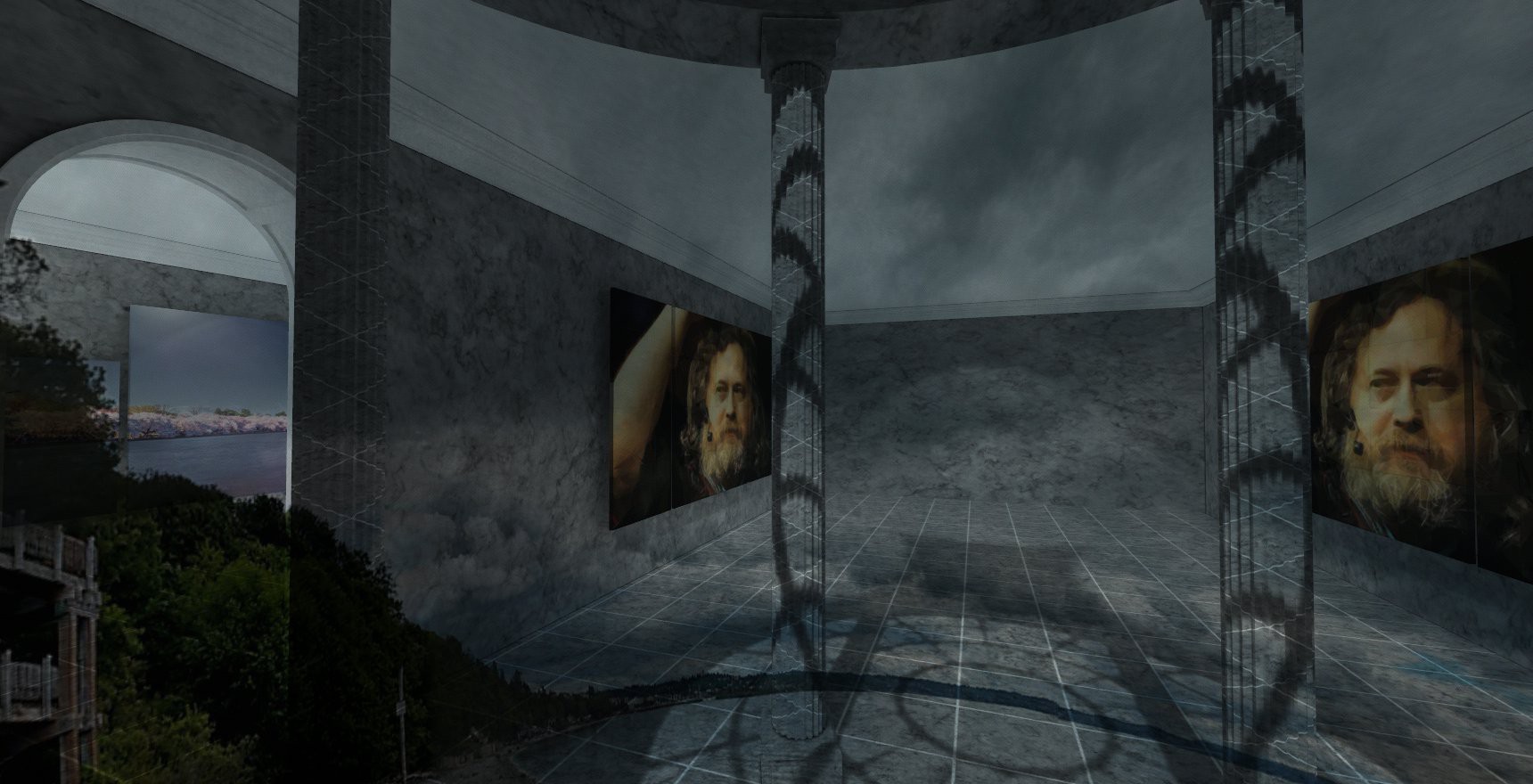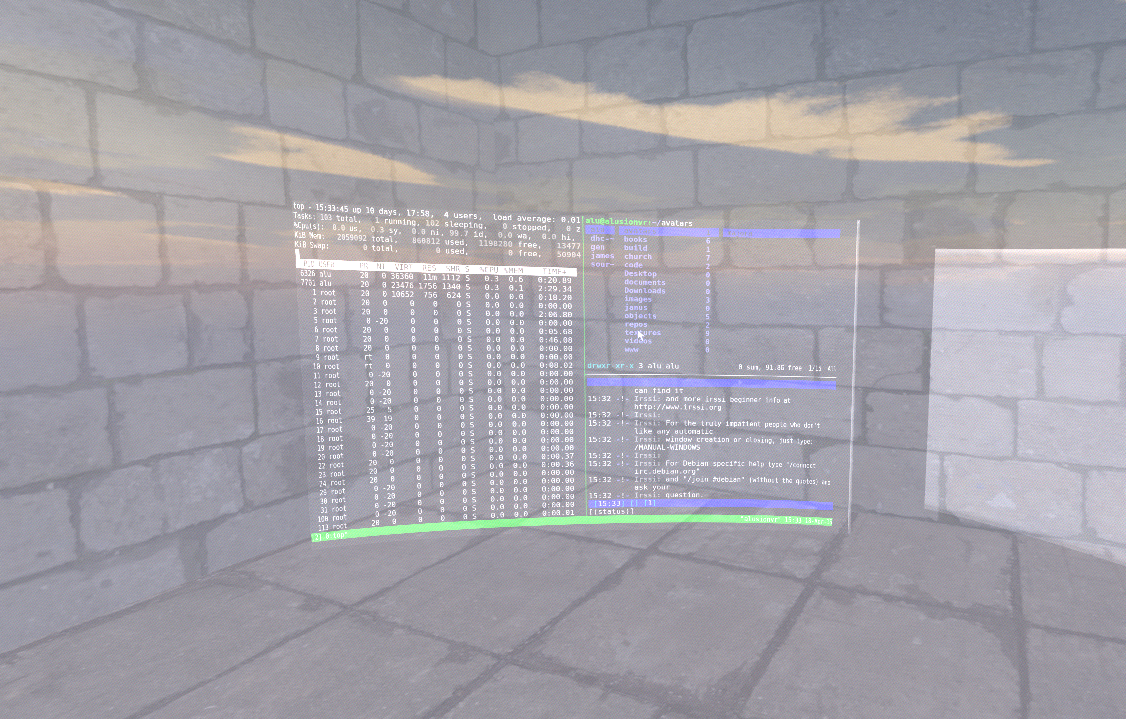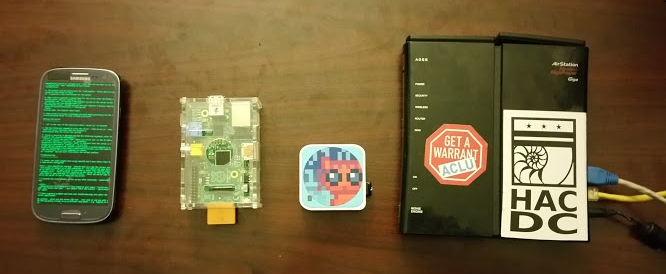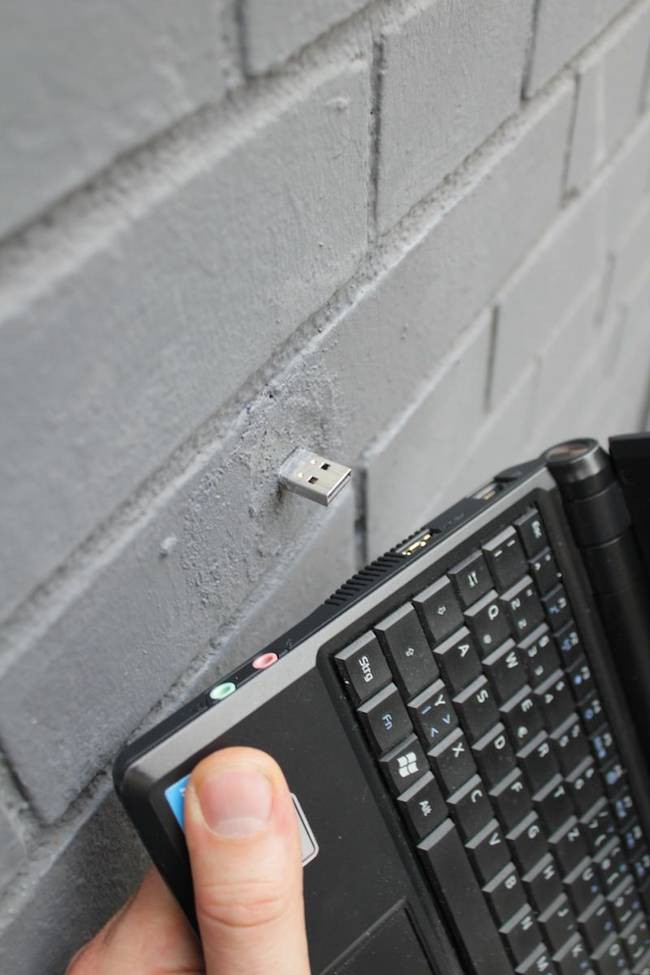I had to rewrite much of this after my browser fucked up . It's never as good as the first time :(

The church isn't of course real -- it exists as pure information. Immortalized as code: the foundations of a 3D reconstruction of reality is being built. Lets not forget that this is meant to be seen in 3D.

I decided to use sewer doors as the portal doors to represent the binding between the church and the underground. One day this will be one of a million copies, a place for the average Joe to have a conversation with "God" (some form of AI).
The Flowers of Lo-Life

Tunnel through the underground and emerge somewhere else or as someone else. These portals will be connected to real places in the physical world that allow you to "exit" out into meatspace.
What I mean by exit is the abstract representation of "self" which we can represent through avatars. Taken into context, an avatar is simply an audio/visual representation of "self" -- such as the current generation of social media pages such as Facebook. The avatar can be expressed in many ways and we should not be tied down to one identity.
"The future is already here, it's just not evenly distributed"
Everything in this project must be set to scale with the physical world to be effective at delivering its vision. Access into Janus from a browser client is under development. I have chosen the approach of exploring ARM / Mobile devices such as Raspberry Pi & Android to act as nodes for JanusVR.

Rooted Galaxy S3 i9300, Raspberry Pi, TP-Link wr703n travel router, Buffalo WZR-HP-G300NH Gigabit router.
I began with the smallest device, the wr703n router, as it was already flashed with OpenWRT firmware with a usb install of Piratebox: a DIY anonymous offline file-sharing and communications system built with free software and inexpensive off-the-shelf hardware. PirateBox is essentially a wireless dead drop

Another reason for choosing PirateBox is because it is designed to be private and secure. No logins are required and no user data is logged. Users remain anonymous – the system is purposely not connected to the Internet in order to subvert tracking and preserve user privacy.
When PirateBox sets up a wireless access point and a user on their browser gets redirected into the PirateBox homepage. From there, they can chat anonymously - upload / download files - or post on the anonymous imageboard.
Another project might worth taking a look at is Librarybox.
PirateBox notes
Few difficulties when installing PirateBox. I had a clean install of Raspbian and followed this guide
to install piratebox on my Raspberry Pi but I couldn't initiate my wireless network device. I plugged in my alfa AWUS036h into my raspberry pi and proceeded to install the drivers but when it came to compiling and installing the packages, my device failed to connect to the internet even though it was wired and seemingly fine 5 minutes ago. I also noticed was that mesh net functions for PirateBox were not tested on my specific hardware but that doesn't really worry me too much, I was planning to use something else other than the B.A.T.M.A.N. mesh protocol. Another issue came with the LiveUSB version of PirateBox, which I tusted on an old netbook and x200. For the thinkpad, if you use unetbootin to write the image it'll boot. However, after that one time boot it stops working [tested on other computers too. I formatted it with ext4. When I tried using dd instead of unetbootin, it didn't even boot at all on those PC's.

USB Dead Drop
 alusion
alusion
Discussions
Become a Hackaday.io Member
Create an account to leave a comment. Already have an account? Log In.